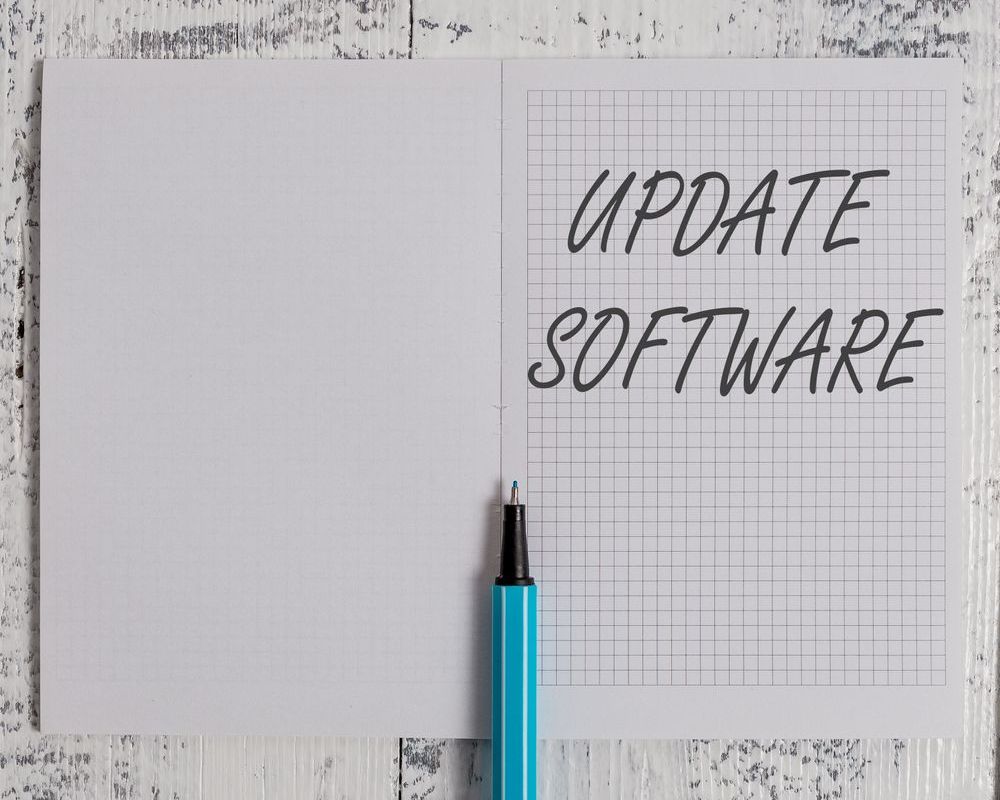Microsoft Dynamics GP: Stay or Switch? Here’s What Your Peers Are Doing

As technology evolves, business leaders have to make tough decisions about which solutions to keep and which to leave behind. When you’ve made significant investments in a given solution—both in dollars and in time spent learning software and adapting business processes to it—it’s a challenge to imagine moving to a new technology and wasting your sunken technical debt. But it’s essential to at least evaluate the condition of your technology, how it’s serving you, and whether or not it can keep supporting your growth.
Now’s the time to employ that practice if you’re using Microsoft Dynamics GP. In the short term, Dynamics GP is a viable product that is supported by Microsoft, but in the long term, you could find your business stymied as the solution is phased out (by Microsoft and partners who support it).
It’s difficult to foresee when you’ll need to move away from Dynamics GP—and how you should do it—but knowing what other businesses are doing can help.
How Are Business Leaders Approaching Microsoft Dynamics GP Migrations?
In a recent report published by AccountingWare [1] that surveyed finance and accounting professionals currently using Microsoft Dynamics GP, the organization learned what business leaders are thinking about their enterprise resource planning (ERP) solution:
- 62% said they plan to stay with Dynamics GP for the foreseeable future
- 21% have started discussions about their future with the solution
- 15% have made plans to move to another ERP solution
- Those that plan to move plan to do so within one to two years
The primary hold-up for Dynamics GP users who plan to stay is the perceived complexity of migrating to another ERP solution such as Microsoft Dynamics 365 Business Central. Yet the report found that 31% have not actually looked at that solution. Another 38% are not confident at all that Dynamics 365 Business Central is mature enough.
Factors Influencing ERP Moves
Those businesses considering migrating away from Dynamics GP have some primary factors influencing their decisions. The top three factors they evaluate in an ERP solution are:
- Good core accounting features
- An easy-to-use interface
- Price
When it comes to the cloud, 30% of respondents are looking for cloud-native solutions, 40% want cloud-hosted, and 30% prefer on-premise.
Why Businesses Should Take a Closer Look at Microsoft Dynamics 365 Business Central
Despite the reticence to consider Dynamics 365 Business Central, the solution is a mature, strong alternative for Dynamics GP. It fulfills the three primary factors: foundationally sound, reasonably priced, and easy to use. Microsoft has also built a ready-to-use migration path to Business Central using its Cloud Migration Tool—something that does not exist for other ERP systems. It meets other criteria businesses look for in an ERP solution as well:
- It has integrations with other software add-ons
- Automation is built into it
- Partners recommend it
- It’s a trusted name in the industry as a Microsoft solution
- Its growth is strong—in 2022, Microsoft reported[2] that Business Central was experiencing “triple digit” growth year over year
Business Central has enhanced the financial management and reporting features that GP users have learned to love. Microsoft has added functionalities that streamline analysis, intercompany work, multi-company management, bank reconciliation, and more.
As Microsoft experts, we at DSWi understand your reluctance to move away from any entrenched ERP solution, but we also understand why Business Central might not seem like the right fit. After all, there were plenty of things you used to be able to do on Dynamics GP that you may be under the impression are not possible do on Business Central!
But we’re here to say that today is the right time to start conversation about moving away from Dynamics GP—and that you shouldn’t discount Business Central. Microsoft has made major enhancements, improvements, and updates to Dynamics 365 Business Central that make it not only the strongest choice for ex-Dynamics GP users but also the most reasonably priced. We’d be happy to explain more. Reach out anytime.
[1] https://accountingware.com/
[2] https://msdynamicsworld.com/story/directions-emea-2022-dynamics-365-business-central-fastest-growing-microsofts-business-apps
Sign Up for Email Updates
Thank you for signing up for email updates!
Please try again later
All Rights Reserved | DSWi











